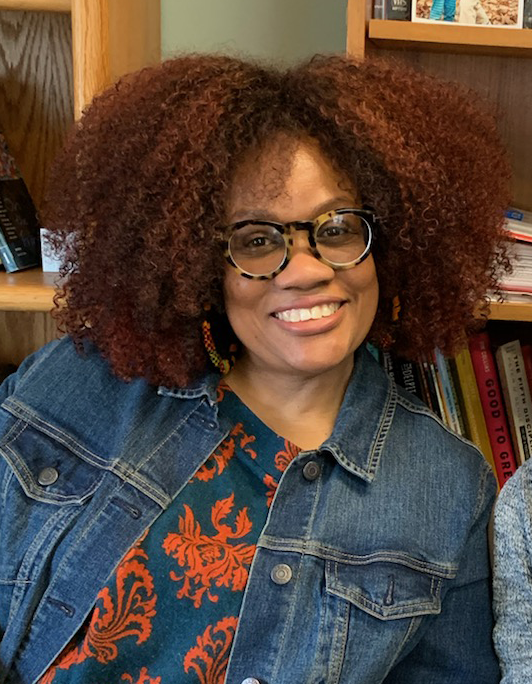Generosity, Connection, and Care Can Heal Our School Communities
Young people and adults are coming to school carrying heavy burdens. One Harlem school showed how generosity can lighten the load.
Young people and adults are coming to school carrying heavy burdens. One Harlem school showed how generosity can lighten the load.

Students, and the educators who serve them, are walking into school this fall carrying unprecedented burdens that they cannot and should not shoulder alone. We know we are in the midst of a youth mental health crisis. We know our teachers are also struggling.
Ensuring the well-being of our students, their families, their teachers, and all other school staff is not just a priority, it’s an absolute necessity – even when school communities, and all of us who support them, are stretched to the limit.
For inspiration and a blueprint, I think back on a beautiful morning last spring, when a Harlem elementary school held a celebratory outdoor festival comprised of local organizations sharing important resources with parents and caregivers.
Quite a few of the adults who ventured over spoke only Spanish. This school had received 35 families who had been part of the most recent arrival of migrants to the city. Even before these newcomers arrived, nearly 90 percent of the students at this school were eligible to participate in the Free Lunch Program (that is, their family incomes were below 130 percent of the poverty level).
The school’s principal fervently believes in identifying immediate needs as a way to guide decision-making and determine necessary steps. She recognizes how warm hospitality and visible care soothe frayed nerves and calm wildly beating hearts. Therefore, she invited available school staff to the cafeteria, where they served their guests breakfast while engaging them in crucial conversations centered on where to get their children vaccinated, where to access clothing and toiletries, and how to begin the process of school enrollment in the United States.
This generosity was so tangibly experienced that the families, who had been placed in facilities well outside of the school district, wanted to know how they could have their children enrolled at this school instead of the ones nearer to their current placements.
This school is in one of the most historically underserved and under-resourced districts in the city. As post-pandemic recovery limps along, the challenges have increased tenfold. In addition to the economic woes that have long held this community in a chokehold, rising rates of evictions; high food costs; stifling cuts to already meager budgets; teacher shortages; increased incidents of violence; a staggering mental health crisis spurred on by depression and anxiety; and an ideological divide that directly targets the well-being of children and the adults that care for them, has caused an already vulnerable population to reach their breaking point.
To add to the trauma, our young people adeptly use sophisticated tools of technology and, as such, have near unrestricted access to the devastating tragedies that attend their childhood: mass shootings and live shooter drills, dizzying rise of anti-racist and anti-LGBTQ school reform measures taking place across the country, the real threat of authoritarianism and fascism to this country’s democracy, the banning of books that reflect the rich inner lives and lived experiences of our young people, as well as elected officials who have been given platforms to repeat false claims of conspiracies and rigged elections.
It is not surprising that amid all this, we are seeing an increase in conflicts and other incidents in schools across New York City. And unfortunately, that has led to a rise in suspensions.
But like the principal of this school, we know that this moment calls on us to redouble our work to foster a sense of connection and community in our schools and classrooms.
When children are given access to words and phrases that allow them to name how they’re feeling in response to the tragedies in their lives (scared, powerless, hopeless, anxious, overwhelmed), they are better able to work through what they need to identify or recognize and cope with them. When adults are given the necessary time and space to process their own feelings of fear, powerlessness, and hopelessness in supportive environments, they are better equipped to deal with those of their students.
When young people and adults are given the time, space, and tools they need to engage in emotional awareness, emotional regulation, and personal storytelling, they are better able to collaboratively identify solutions to community problems.
Promoting deep ties and strong relationships to and within our communities is key to addressing ongoing mental health concerns in our schools.
This year, we need to lean into (more) creativity to better leverage community assets, within and without the schools, to support bringing deep healing.
Rigid and unyielding bureaucracy got us here, it won’t get us out. We need to create warm, inviting, and supportive spaces, like the Harlem elementary school, where the immediate needs of all members of the community are summarily identified and addressed.